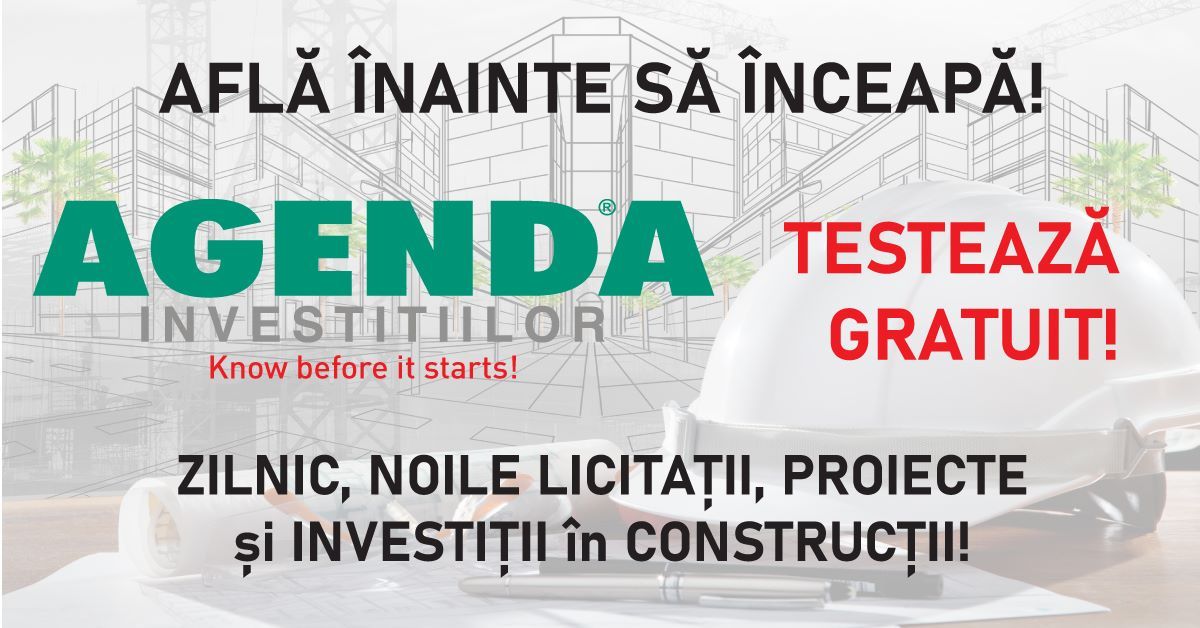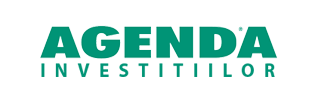 The passive house concept has been established on the international construction market for nearly two decades, after it was released by Dr. Wolfgang Feist. The PHI Institute in Darmstadt - Germany remained the most representative scientific authority in the field, which developed over time effective methods for the design of buildings in this category. According to the latest statistical information, more than 50,000 passive houses have been built on international level, most of them being located in Central Europe. It is also relevant that between 2007 and 2013 there were issued more than 3,000 certificates attesting the ability of architects to design passive constructions. The main objectives in the design and construction development programs remained the optimization of costs and the increase of energy efficiency. In Romania, the number of passive houses is very small and the buildings that have certification from PHI Darmstadt are even fewer. The explanation is that, for the construction of such a building, the financial effort is double or even triple in comparison with the traditional way of construction. This issue discourages investors and beneficiaries, who do not analyze the savings involved by the exploitation of passive houses. The low heating consumption represents just some irrelevant information due to the superficial attitude adopted throughout the market. In fact, this simplistic approach and the permanent reporting on prices without taking into account the benefits, leads to erroneous conclusions. Some so-called experts argue this through empirical calculations, which indicate an increase in direct costs of over 50,000 euro for a building with 100 square meters - an amount that would be sufficient to pay the electricity bills for decades. This calculation could be accepted only if we do not forget some essential elements - such as: major fluctuations in energy prices, the deterioration of structural elements due to the negative effects of thermal bridges, high carbon emissions, the lowering of the house comfort etc.
The passive house concept has been established on the international construction market for nearly two decades, after it was released by Dr. Wolfgang Feist. The PHI Institute in Darmstadt - Germany remained the most representative scientific authority in the field, which developed over time effective methods for the design of buildings in this category. According to the latest statistical information, more than 50,000 passive houses have been built on international level, most of them being located in Central Europe. It is also relevant that between 2007 and 2013 there were issued more than 3,000 certificates attesting the ability of architects to design passive constructions. The main objectives in the design and construction development programs remained the optimization of costs and the increase of energy efficiency. In Romania, the number of passive houses is very small and the buildings that have certification from PHI Darmstadt are even fewer. The explanation is that, for the construction of such a building, the financial effort is double or even triple in comparison with the traditional way of construction. This issue discourages investors and beneficiaries, who do not analyze the savings involved by the exploitation of passive houses. The low heating consumption represents just some irrelevant information due to the superficial attitude adopted throughout the market. In fact, this simplistic approach and the permanent reporting on prices without taking into account the benefits, leads to erroneous conclusions. Some so-called experts argue this through empirical calculations, which indicate an increase in direct costs of over 50,000 euro for a building with 100 square meters - an amount that would be sufficient to pay the electricity bills for decades. This calculation could be accepted only if we do not forget some essential elements - such as: major fluctuations in energy prices, the deterioration of structural elements due to the negative effects of thermal bridges, high carbon emissions, the lowering of the house comfort etc.ABONARE REVISTA (click aici): PROIECTE | INVESTITII | REVISTE | INDEX COMPANII
DATE DE CONTACT: Agenda Constructiilor & Fereastra - Tel: 021-336.04.16





